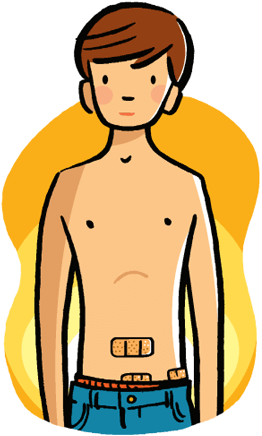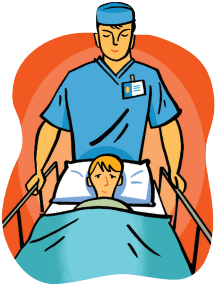- Find a Doctor
-
For Parents
- Before Your Visit
- During Your Visit
- After Your Visit
- More Resources for Parents
Patient & Visitor Resources -
Services
- Locations
-
About Us
- About Childrens
- Find it Fast
- Additional Resources
Find it FastAdditional Resources - MyCHP
ALERT:
There is construction in and around UPMC Children’s Hospital that is affecting the traffic flow – please allow for extra time traveling into the hospital.
- Find a Doctor
- For Parents
-
Services
-
Frequently Searched Services
- Asthma Center
- Brain Care Institute (Neurology & Neurosurgery)
- Cancer
- UPMC Children's Express Care
- Ear, Nose, & Throat (ENT)
- Emergency Medicine
- Endocrinology
- Gastroenterology
- Heart Institute
- Genetic & Genomic Medicine
- Infectious Diseases
- Nephrology
- Newborn Medicine
- Primary Care
- Pulmonary Medicine
- Rheumatology
- Surgery
- Transplant Programs
- See All Services
-
Frequently Searched Services
- Locations
- About Us
- MyCHP
- I Want To
- More Links










 A pediatric anesthesiologist — a doctor who specializes in anesthesia for children — will meet with you before the surgery to ask questions about your child’s health and about when your child last ate. Because your child may have eaten more recently than is usually advised for surgery, the anesthesiologist may make adjustments to your child’s anesthesia. Once admitted, your child will not be able to have anything to eat or drink until after the operation.
A pediatric anesthesiologist — a doctor who specializes in anesthesia for children — will meet with you before the surgery to ask questions about your child’s health and about when your child last ate. Because your child may have eaten more recently than is usually advised for surgery, the anesthesiologist may make adjustments to your child’s anesthesia. Once admitted, your child will not be able to have anything to eat or drink until after the operation. If your child has any special needs or health issues you feel the doctor needs to know about, please call the Division of Pediatric General and Thoracic Surgery at UPMC Children's Hospital of Pittsburgh before the follow-up visit and ask to speak with a nurse. It is important to notify us in advance about any special needs your child might have.
If your child has any special needs or health issues you feel the doctor needs to know about, please call the Division of Pediatric General and Thoracic Surgery at UPMC Children's Hospital of Pittsburgh before the follow-up visit and ask to speak with a nurse. It is important to notify us in advance about any special needs your child might have.